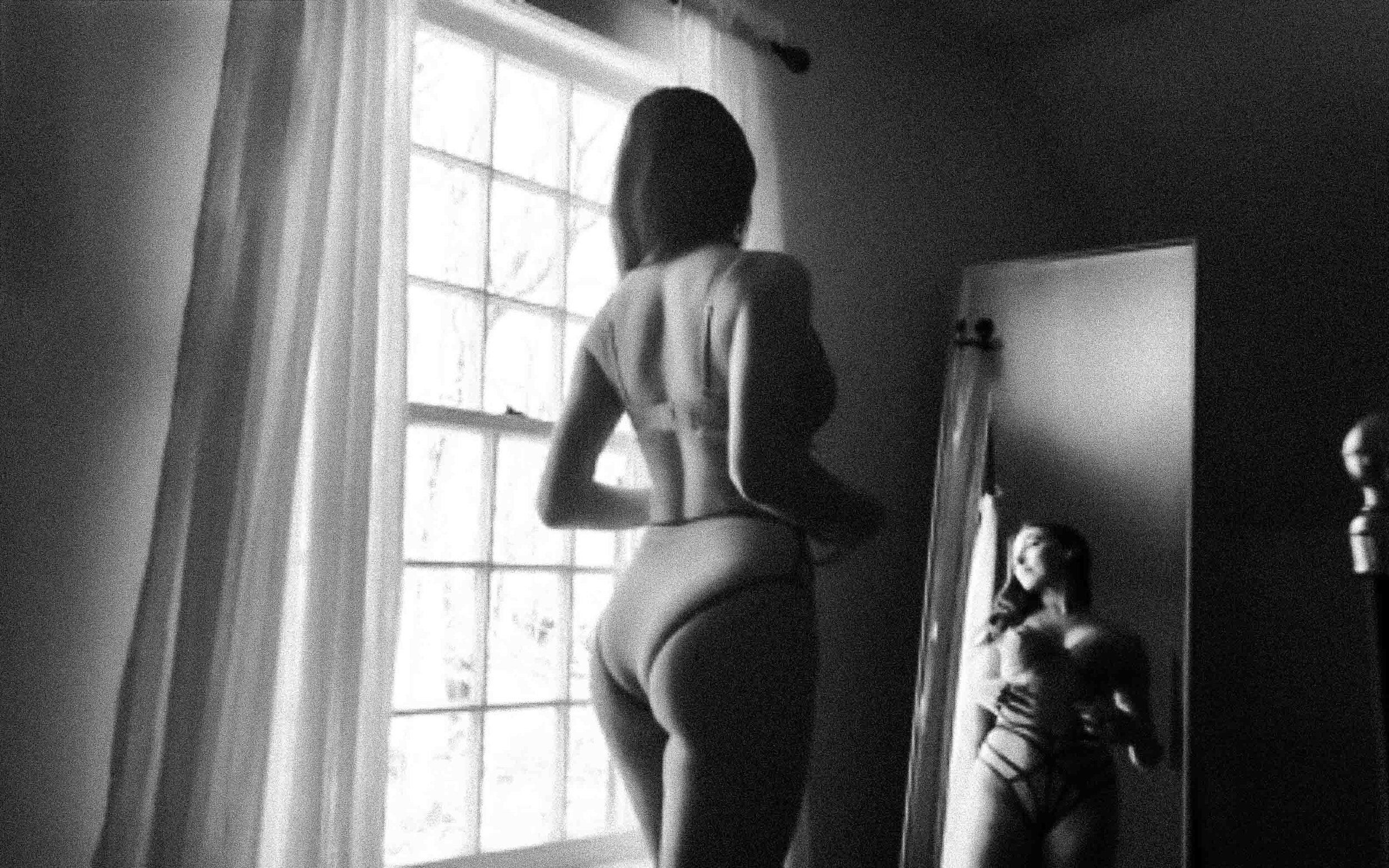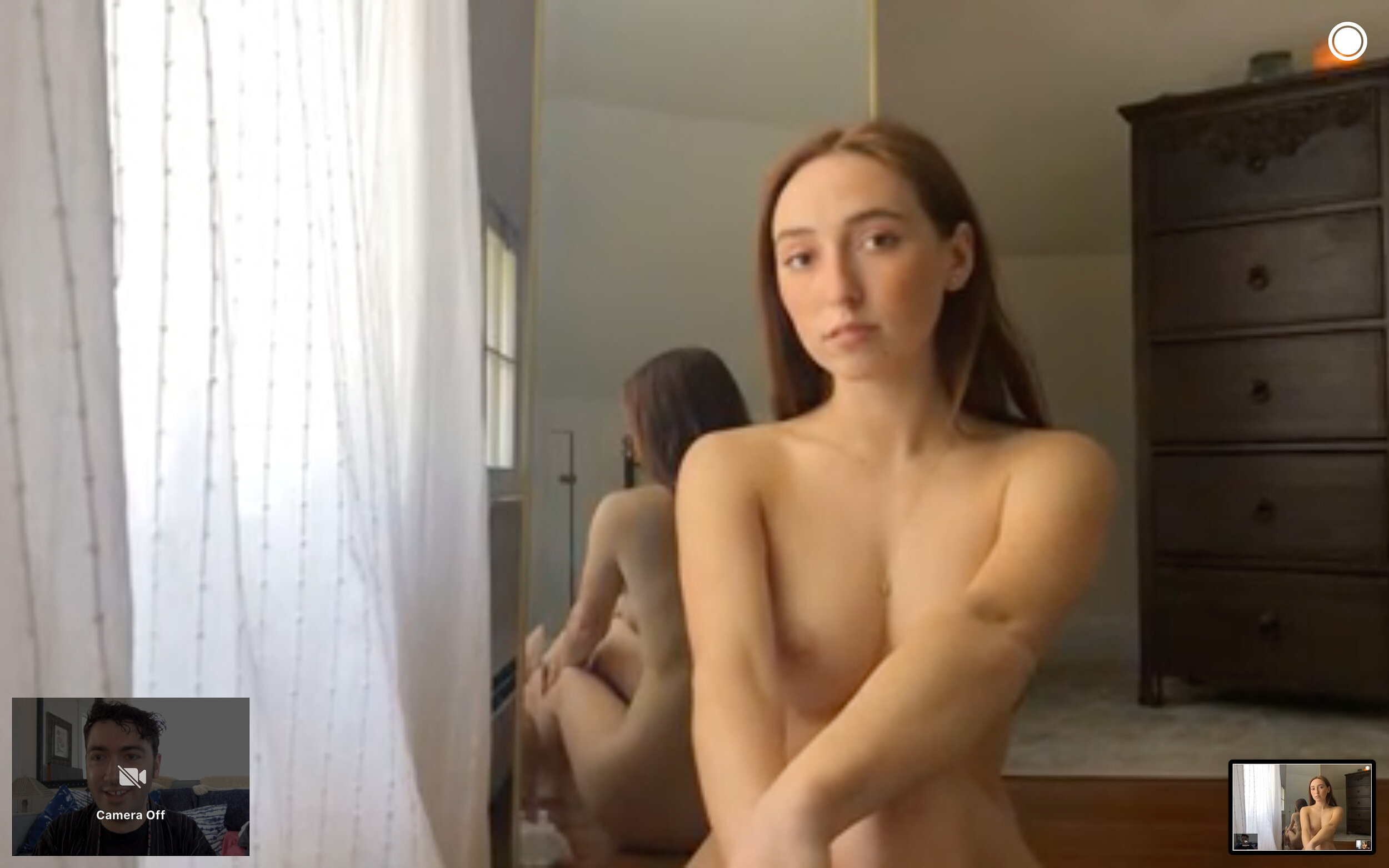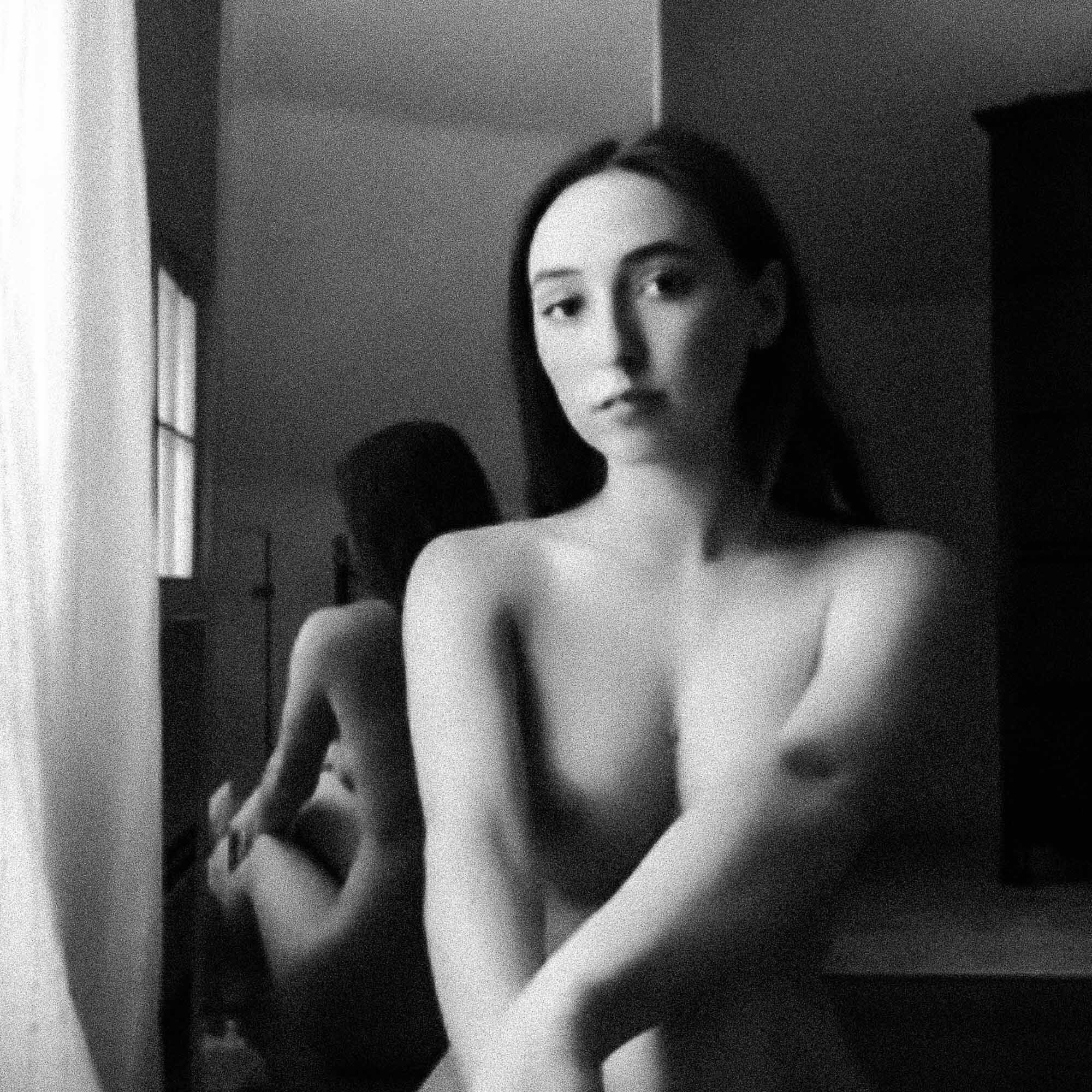Virtual Boudoir Photo Sessions
Greetings from Los Angeles, where the sun is just starting to burn through the morning cloud layer.
Due to the Covid quarantine, I and others have found that it is possible to do photo sessions virtually, by means of video calls. For me, sessions are a joy, like flying after being let out of a cage. It’s still quite a ways away from the experience of actually having a proper boudoir photo shoot in person, but it is also rewarding in its own unique way, with constraints and opportunities.
There are several challenges: images are almost guaranteed to be lower quality than anything but the oldest smart phones, having no control over exposure, aperture, ISO, shutter speed, or even focus. Additionally, I have very little control over the placement of the camera, the location, and nothing but verbal directions for the client, with wardrobe and props limited to essentially whatever they had when crisis began.
Of course, nothing sparks an artist’s creativity like unwanted constraints, and I have to say that I am thrilled with the work I’ve been able to create in this time. What I lose in control, I gain in surprises— beautiful home interiors, unexpected antique furniture, enormous sleepy dogs.
In my last post, I wrote about how the camera you use does not really matter, and this experience has driven that point home. Even after this isolation is a memory, I will continue to do virtual sessions for clients.
Thank you for reading, and I hope you enjoy this gallery of my recent work with virtual boudoir sessions.
Below the gallery, I’ll describe my approach and thinking about some of the practical challenges and some technical solutions I have found to make the most of these sessions.
The biggest concern for me is not the camera, but the rapport usually gained by talking and working together. With in-person session, I always meet a person for a few hours before agreeing to work together, and this is no different. I’ve been doing video calls with the people I work with before shooting, usually an hour or so, and I have found that this is incredibly helpful for building rapport and trust (both in me, and for the client to trust herself), setting the tone, planning out the location, props, and ideal timing for the session. This is important, since the more we can pre plan locations, angles, lighting, and maybe poses, the smoother the session will go.
Regarding the camera and the images, I mostly use Facetime or Facebook Messenger on my laptop, taking full-size screenshots as photographs. I’ve tried using my phone for screenshots, but the laptop’s larger screen gives me a lot more area to work with. My internet speeds are significantly below average for Los Angeles, so even in the best case scenario I don’t expect to get crystal clear shots. However, there is a way around that…
Like I said, there are some significant tradeoffs when shooting through a video call, namely lack of any meaningful exposure control, low tonal range, and overall resolution, which can change moment to moment as internet connections hiccup. Fortunately, most of these can be addressed with post processing in Adobe Lightroom.
Here is a before and after comparison:
Of course, the first order of business is to digitally remove my video preview image, as well as the screenshot icon that appears whenever I take an image. An alternative is to simply crop it, as I did in this instance, because I felt the composition would work best with a square format.
Next, I convert to black and white, adjusting the exposure effects to highlight the lighting on her face, increase Contrast and adjust the Tone Curve to make up for the low contrast in the original image, and mitigate the effects of digital compression by turning up Noise Reduction and decreasing Texture and Sharpness.
To bring detail back, I increase Clarity, and also add a Grain effect to simulate the look of film, but more importantly to create the impression of detail in the blown out highlights and shadowed areas. By adding grain, you prevent having areas of flat information, which implies that there is information there. This is a trick I picked up from developers of the horror survival video game Left 4 Dead by Valve, as described years ago in an article in Game Developer magazine (sadly, no longer in operation). I’m a big believer in drawing inspiration and techniques from other disciplines, and this is a prime example of that.
Thank you for reading, and I hope this has inspired you to do a virtual shoot of your own. I rely on word of mouth, so I encourage you to share it with anyone you think might be interested in the work I am doing, and feel free to leave a comment or message me if you have any questions or are curious about booking a session.
-Shane





























